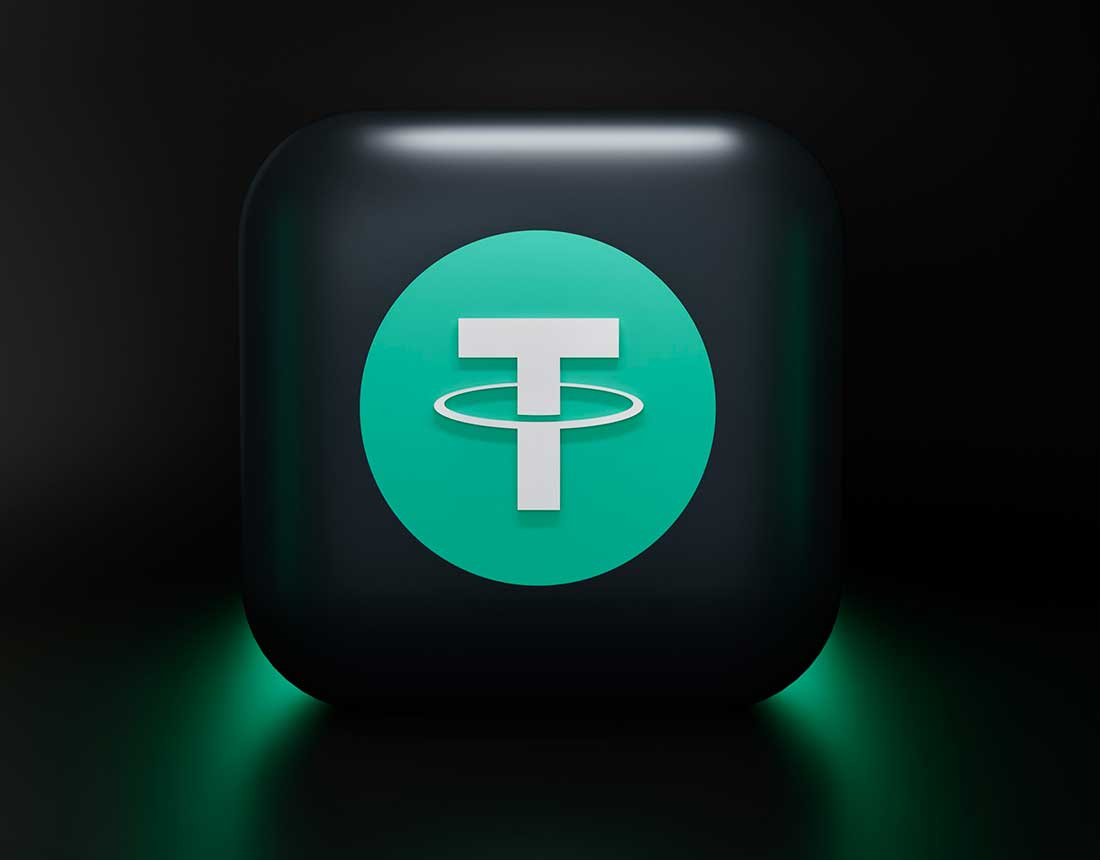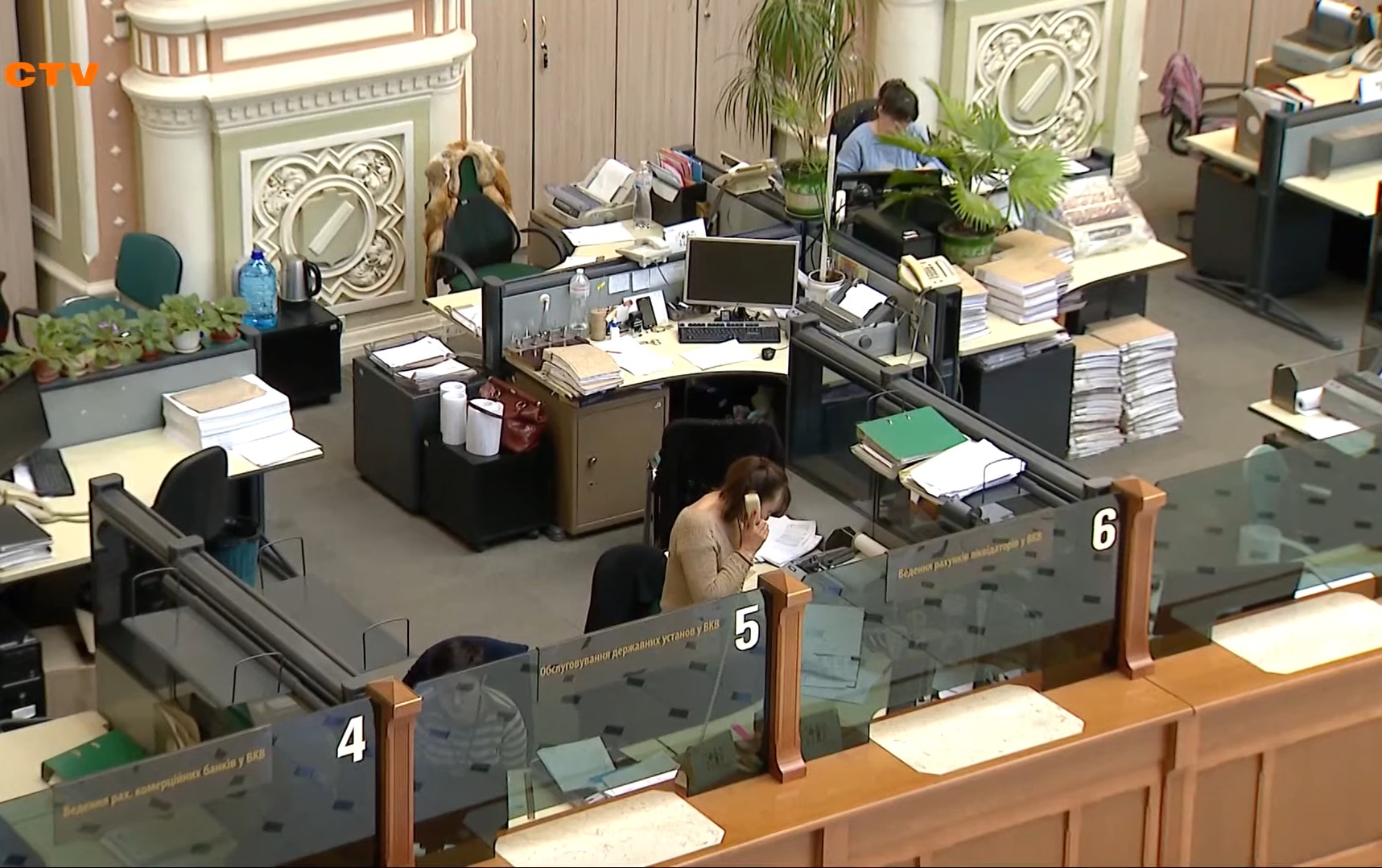
Money's most important function is as a medium of exchange to facilitate transactions. Money is often defined in terms of the three functions or services: as a medium of exchange, as a store of value and as a unit of account. As the theories became more carefully specified in the 19th and early 20th centuries, they included a variable called the money supply. Since the 18th century, economists have known that the amount of money in circulation is an important economic variable.


No such agreement exists today, and the definition of money appropriate to present circumstances is debated. Until recently, most economists would have agreed that money stopped at that point. Over the past three centuries what has been accepted by the public as money has been expanded from gold and silver coins to include first bank notes and then bank deposits subject to transfer by check ( cheque). Near money is not included in narrowly defined versions of the money supply, but broader versions include some types of near money.



 0 kommentar(er)
0 kommentar(er)
